Otherwise known as “The Gem State,” Idaho is famous for its majestic mountains and abundant natural resources. From scarce minerals to over 2,000 identified lakes that span the entire state, this area offers visitors a truly unforgettable experience. But what is the oldest artificial lake in Idaho?
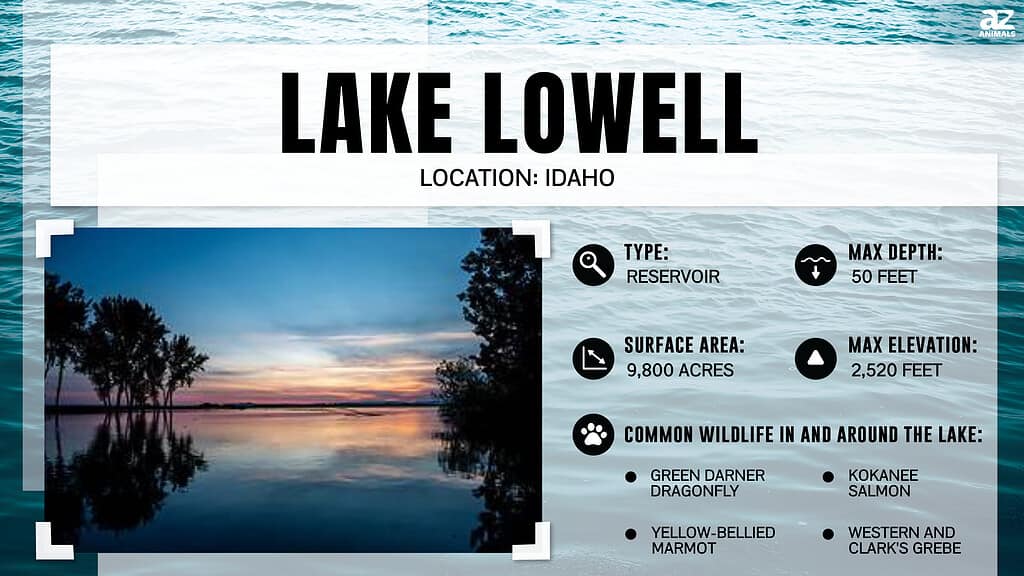
As you might expect, Mother Nature didn’t create all the lakes in Idaho. Some came into existence after people dammed rivers or springs within specific areas. A great example is the American Falls Dam in Power County. At 56,000 acres (87.5 square miles), it’s the largest reservoir in Idaho. But it was constructed in the 1970s, so it’s not the state’s oldest one.
So, which artificial lake has been around the longest? We hunted down all the details for you. Here’s everything about Idaho’s oldest artificial lake, including its identity, age, creation, features, and significance in society.
Which is the Oldest Artificial Lake in Idaho?
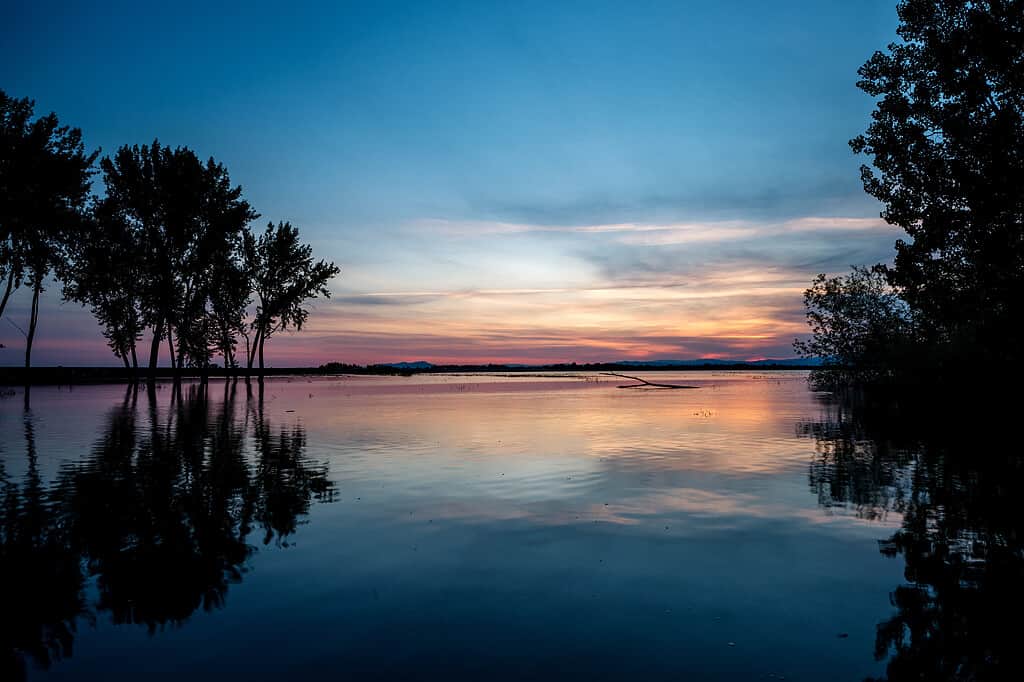
Lake Lowell is the oldest artificial lake in Idaho.
© Charles Knowles /Shutterstock.com
Lake Lowell is the oldest artificial lake in Idaho. Formed by three earth-fill dams at the upper, middle, and lower embankments, the Bureau of Reclamation opened it in 1909 to improve Canyon County agriculture by providing more irrigation water. Today, the federal agency works with the US Fish and Wildlife Service to manage the reservoir, initially known as the Deer Flat Reservoir.
Located near the Deer Flat National Wildlife Refuge, Lake Lowell was the first artificial lake finished for the Boise Project. Most of the 9,800-acre (14.5 square miles) reservoir’s inflow comes from the 102-mile-long Boise River through the New York Canal. Additionally, it’s about 12.2 meters (50 feet) deep, with a crest length of roughly 1,269 meters (4,165 feet).
Where Is Lake Lowell Located On a Map?
Lake Lowell is situated near Idaho’s border with Oregon in the Southwestern region of the state. The city of Boise is the nearest major metropolitan area, found east of Lake Lowell.
The Deer Flat National Wildlife Refuge
Most visitors to Lake Lowell take the time to explore the Deer Flat National Wildlife Refuge on the shores of the water body. Also founded in 1909, this center has made considerable effort to protect wildlife – especially migratory birds – and native plants. Additionally, it helps people connect with nature and provides educational programs to increase awareness about preserving various natural resources and enjoying recreational experiences.
Indeed, the Deer Flat National Wildlife Refuge is integral to Lake Lowell. One of its components is the Lake Lowell Unit, which covers over 10,500 acres, including the man-made lake and the surrounding area. The animal sanctuary’s second part, the Snake River Islands Unit, encompasses over 1,000 acres on 104 refuge islands.
These two units play a significant role in enabling the Deer Flat National Wildlife Refuge to achieve one of its primary objectives—providing a safe breeding area for birds and mammals.
Wildlife Around Lake Lowell
As an animal enthusiast, you’re probably itching to discover the wildlife living around Lake Lowell. Well, the nearby Deer Flat National Wildlife Refuge has a lot in store. Some of the interesting species you’ll see here are:
Resident Canada Geese
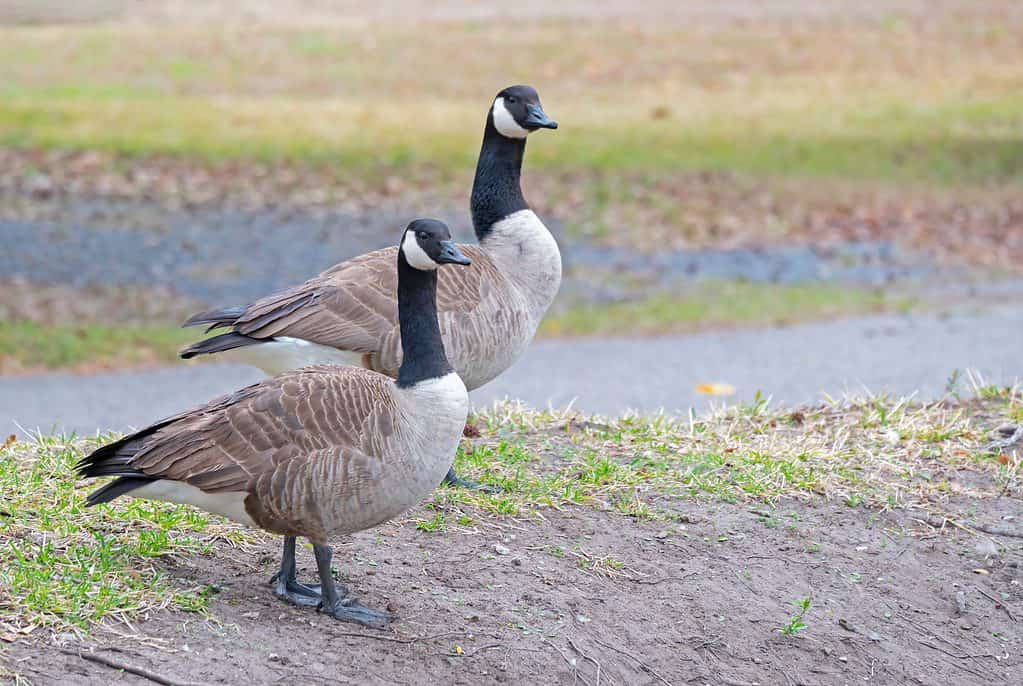
Intriguingly, you can see up to 6,000 Canada geese on the shores of Lake Lowell in mid-October.
©Daniel Wright98/Shutterstock.com
In March, the Snake River islands are chock-full of the beautiful resident Canada geese (Branta canadensis), a relatively new breed of goose protected in most states in the US. These bird species feature black heads with white cheeks, black necks, tan breasts, and brown bodies. They mainly move in pairs or flocks, with the latter creating a fascinating V formation while in motion.
Intriguingly, you can see up to 6,000 Canada geese on the shores of Lake Lowell in mid-October. In November, that number shoots up to a whopping 15,000. Moreover, plenty of other bird species inhabit this region during different seasons. Examples include:
- Great horned owl
- Double-crested Cormorant
- Great blue herons
- Dowitchers
- Yellowlegs
- Sandpipers
- Plovers
- Mallards
- Bald eagles
- American wigeon
Monarch Butterflies
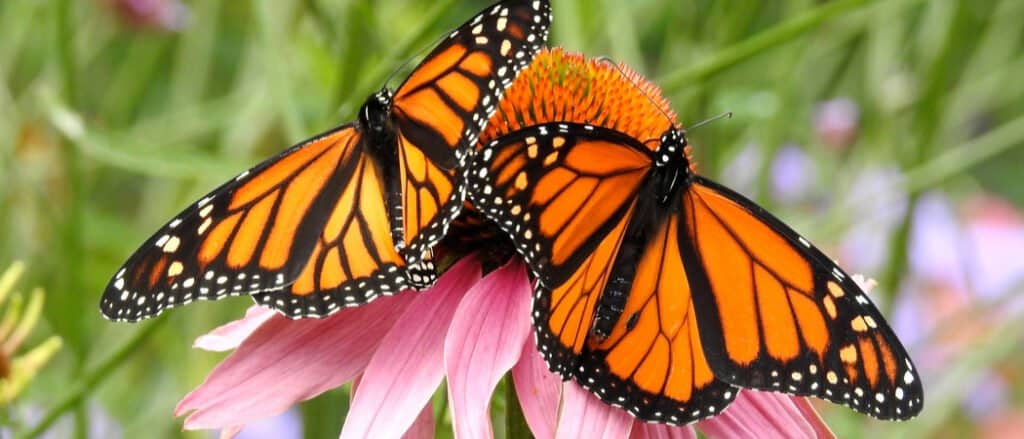
Monarch butterflies use their wings as solar panels to capture maximum sunlight, explaining why they outstretch them.
©Kate Besler/Shutterstock.com
The Deer Flat National Wildlife Refuge is also home to monarch butterflies. These spectacular migratory insects boast orange-red wings with black veins and a few white specks at the edges. The male species feature distinct black patches along the veins and are typically larger than the females.
Adult monarch butterflies live for only four to five weeks. They use their wings as solar panels to capture maximum sunlight, explaining why they outstretch them. In addition, these creatures leverage various behavioral tricks to lengthen their lives. These include:
- Roosting or clustering to prevent freezing at night and enhance camouflage during the day
- Constantly sipping moisture from wet surfaces to acquire healthy salts and stay hydrated
- Moving to different locations to access adequate shade, water, safe habitats, and milkweed leaves, the only food monarch caterpillars eat
Green Darner Dragonflies
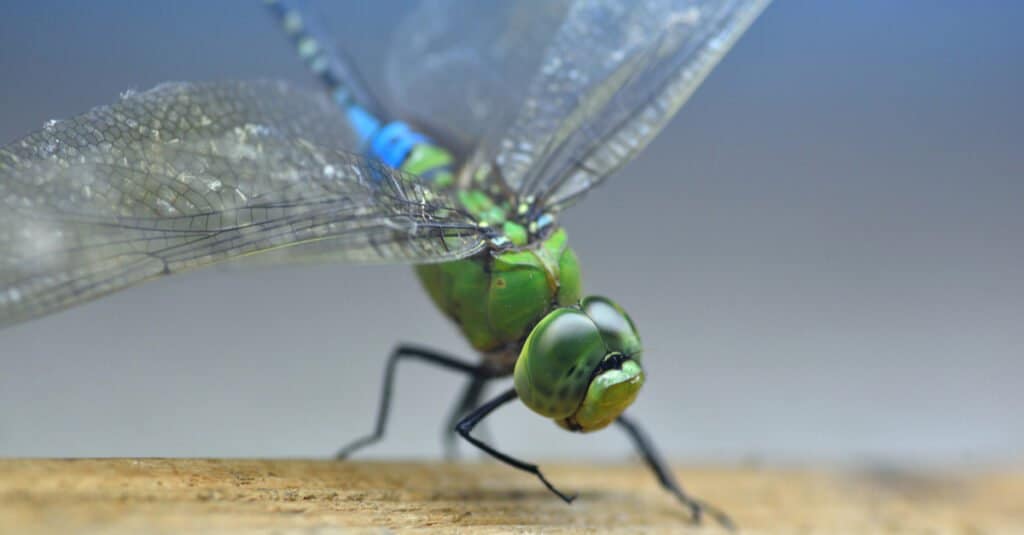
The common green darner can grow up to 3 inches long. It has a distinguishing bright green thorax.
©Photoongraphy/Shutterstock.com
Another insect you’ll encounter around Lake Lowell is the green darner (Anax junius), among the largest extant dragonflies in the world. These animals are easy to spot in the spring, and they also fly around in the fall, mainly around lakes, ponds, and marshes.
The common green darner can grow up to 3 inches long. It has a distinguishing bright green thorax. But you have to observe a specimen’s abdomen to tell if it’s male or female; the former boasts intense blue abdomens, while the latter’s is reddish-brown.
Green darner dragonflies are talented aerial predators that feed on other flying insects, including:
- Damselflies
- Flies
- Moths
- Mosquitoes
- Mayflies
- Smaller dragonflies
Western Grebe
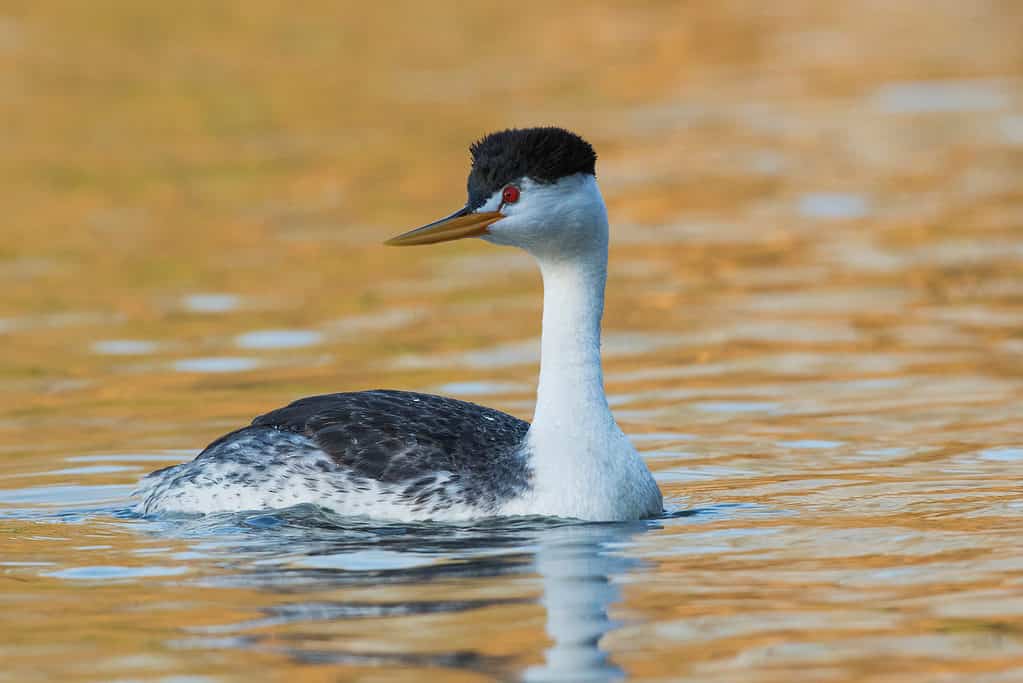
The western grebe’s subspecies, Clark’s grebe, also lives around Lake Lowell.
©Danita Delimont/Shutterstock.com
Lake Lowell also hosts North America’s largest grebe, the western grebe. This bird is usually 22-30 inches long and weighs up to 4.4 lb. It’s among our planet’s black and white animals but has red eyes and an elongated neck resembling a swan’s.
The western grebe’s subspecies, Clark’s grebe, also lives around Lake Lowell. Impressively, the Lake Lowell Unit harbors one of Idaho’s largest nesting colonies of Clark’s and western grebes. These birds spend nearly all their time in the reservoir, sometimes weaving their floating nests.
Yellow-Bellied Marmots
Also known as rock chucks, yellow-bellied marmots roam around Lake Lowell at different times of the year when they come out of hibernation. Some people mistake these squirrels for groundhogs, but they’re dissimilar as the latter is larger, with only a little color.
The unique characteristics of rock chunks are their yellow bellies, grizzled brownish fur, and a whitish patch between their eyes. In addition, these animals boast the following:
- Black noses
- Short muzzles
- Tiny ears
- Stubbly legs
- Compact and thick bodies
- Distinct furry reddish-brown tails
Pacific Tree Frogs
The Pacific tree frogs are a common sight in the Deer Flat National Wildlife Refuge and around the world. It’s easy to pick out these amphibians because they have rounded toe pads and dark stripes passing across their eyes from the nostrils. Because their skins produce a waxy coating, they’re always wet.
Usually, Pacific tree frogs are solitary creatures, but that changes during the breeding season when they gather in large numbers. The males mark their territories by repeating their two-tone mating calls to hold off others.
Plants Around Lake Lowell
It’s not unusual to find plant lovers exploring the areas surrounding Lake Lowell. More often than not, they’re enthralled by the greenery around them, such as:
Native Cottonwoods

Visitors to the reservoir marvel at the towering heights of native cottonwoods.
©iStock.com/teine
A short stroll around Lake Lowell in the fall lets you see Populus deltoides, better known as native cottonwoods, glimmering in stunning golds and yellows. Visitors to the reservoir marvel at their towering heights and cherish them for the shade they provide, especially during hot summer afternoons.
Boxelder Trees
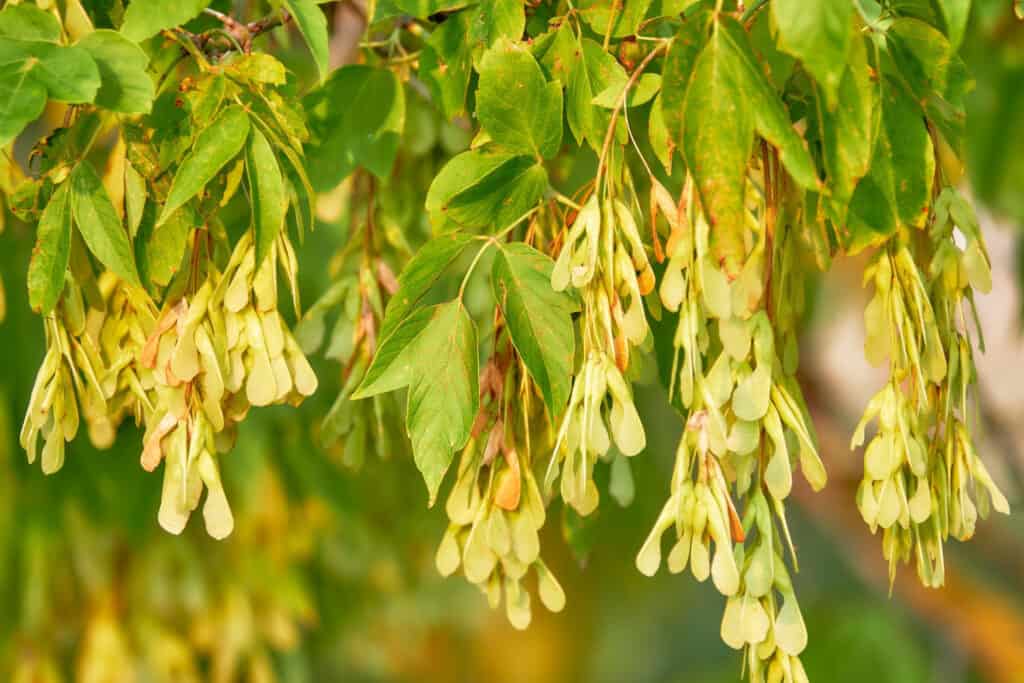
Although they boast only a little commercial value, they’re handy in making poor-quality pieces of furniture, including boxes.
©BestPhotoStudio/Shutterstock.com
Boxelder trees occupy the areas near the lake shore. Also known as ash leaf maple, these plants are members of the family Asteraceae. And although they boast only a little commercial value, they’re handy in making poor-quality pieces of furniture, including boxes and crates, and simple interior design items.
Sagebrush
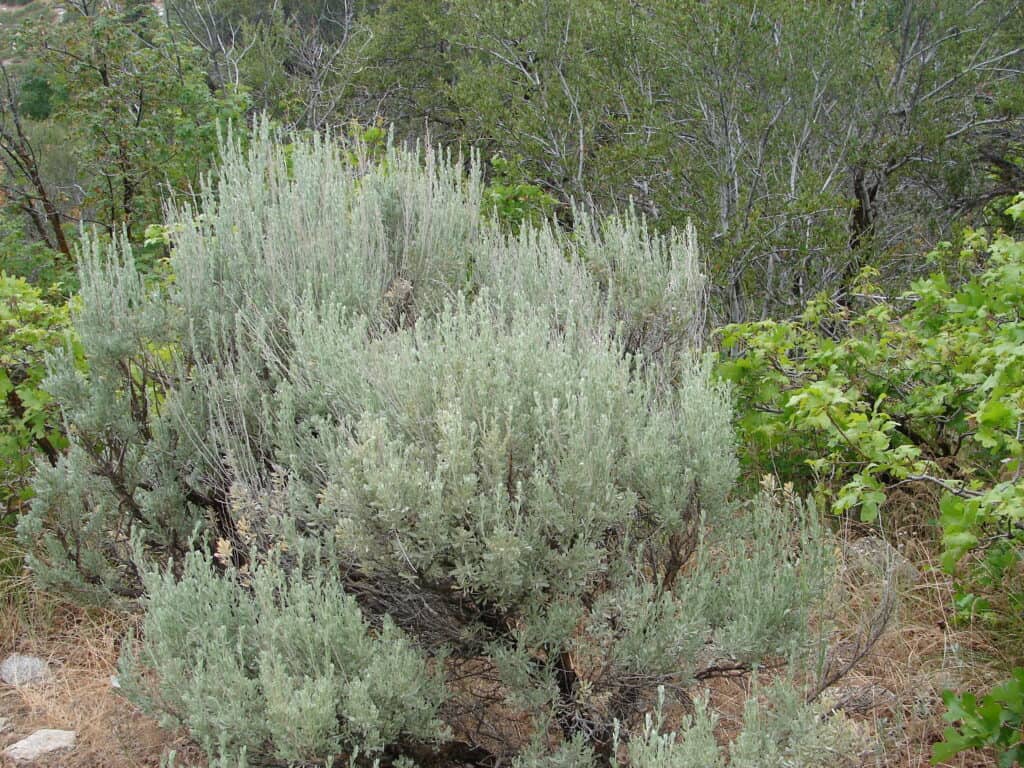
When insects attack a sagebrush, it warns others by producing harmful chemicals that decrease its physical allure.
©Kathryn Roach/Shutterstock.com
Did you know that sagebrush plants ‘talk’ to each other? When predators such as insects attack a live specimen, it warns others by producing harmful chemicals that decrease its physical allure and, sometimes, poisons the animal. Ideally, Lake Lowell allows you to watch these fascinating native species up close.
Bunchgrass
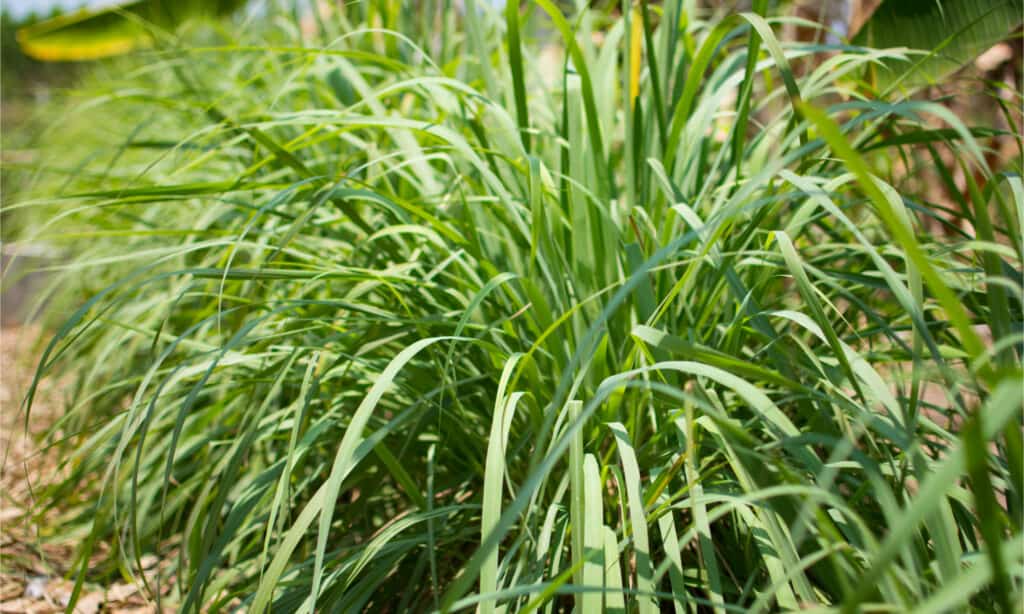
Other members of the family
Poaceaeinclude fresh lemongrass.
©Nannie_iiuu/Shutterstock.com
On the shores of Lake Lowell are tufts of tussock or bunch grasses. They belong to the family Poaceae, whose other members include bentgrasses, beach grasses, Bermuda grasses, fresh lemongrasses, finger grasses, grama grasses, and goat grasses.
Rabbitbrush
It’s easy to spot the rabbitbrush around Lake Lowell, owing to the perennial shrub’s bright golden-yellow flowers. This representative of the family Asteraceae also goes by Chamisa and is known for its pollinator attracting beauty. Furthermore, the plant’s scent is distinct when you press its leaves or after a storm.
Certainly, the plants growing near Lake Lowell are invaluable. Besides providing habitats for the wildlife in the region, they also help to maintain native flora and aid the survival of humans and other terrestrial ecosystems. Additionally, these living organisms provide food for birds and other animals.
Water Sports and Other Fun Activities at Lake Lowell
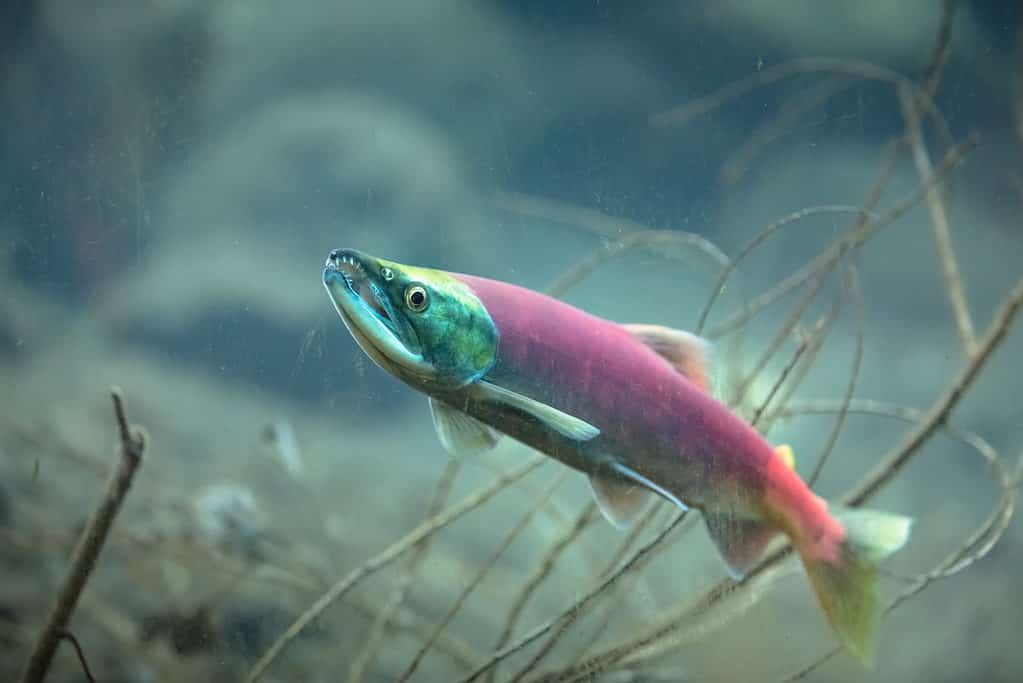
Fishing is among the most popular activities because there’s an extensive list of species available, including Kokanee salmon.
©topseller/Shutterstock.com
Idaho’s oldest reservoir draws water sports fans from every part of the state. Fishing is among the most popular activities here because there’s an extensive list of species available, including:
- Crappie
- Yellow perch
- Bluegill
- Channel catfish
- Rainbow trout
- Panfish
- Smallmouth bass
- Largemouth bass
- Kokanee
- Salmon
- Tiger muskie
Other watersports to enjoy at Lake Lowell are:
- Kneeboarding
- Wake surfing
- Wakeboarding
- Boating
- Tubing
- Waterskiing
- Swimming
Exceptions
If you’re contemplating a trip to Lake Lowell, remember that the park – despite being open year-round – doesn’t have a campground, meaning camping is prohibited. Additionally, you can’t park your vehicle overnight, and reservations are unavailable during the day. So, if you require parking space, you must visit the reservoir early enough to clinch a spot. Additionally, setting up bounce houses and other inflatables in the area is forbidden.
Was There a Reservoir Older Than Lake Lowell?
Although Lake Lowell is currently the oldest man-made lake in Idaho, Lake Ethel held that spot nearly a century ago. According to Nampa city records, Mason Creek fed the reservoir, which was first filled in 1891 to store irrigation water.
Anglers, swimmers, and boating enthusiasts often visited Lake Ethel to indulge in their favorite water sports. In addition, hunters frequented the location. But O.F. Persons, who built the lake and owned the home next to the water body, was infuriated when some began targeting his precious pet ducks. This was one of the many things that triggered a change in the reservoir’s ownership and status.
What Happened to Lake Ethel?
In 1898, E.H. Dewey, Nampa’s mayor at the time, bought Lake Ethel after building a home next to it. Unfortunately, it flooded often, prompting the neighbors to take legal action against Dewey to protect their properties. Frustrated, the former city leader drained the reservoir in the early 1920s. But as fate would have it, that wasn’t the end of it because Nampa citizens fancied another fun destination where they’d go to have fun.
Eventually, in 1924, the city council caved and bought back the land where Lake Ethel once sat, together with Dewey’s home, and established Lakeview Park.
About Lakeview Park
Covering more than 44 acres, Lakeview Park is Nampa’s oldest and arguably most scenic park. With its wealth of amenities, countless guests stop by to have the time of their lives. These include:
- Basketball court
- Baseball field
- Large open play areas
- Bike trail
- Picnic tables and shelters
- Rose garden
- Swimming pool
- Duck pond
- Clean restrooms
The Best Time to Visit
Lakeview Park is open during most seasons. The best time to drop by depends on the activity you hope to relish. For example, on the weekends, swimmers can access the pool for only a few hours in the afternoon. Consequently, if that’s the only activity you’d like to engage in at the park, you shouldn’t visit it too early in the morning.
At the same time, there are various rules you must adhere to at Lakeview Park. Most of these revolve around leveraging the available amenities and connecting with other visitors. Some of these include:
- An adult must supervise all kids below six
- Everyone should bring their own chair to sit on
- Littering is prohibited
- Visitors can carry snacks and drinks, but bringing alcohol and glass containers is illegal
- Small children and toddlers without potty training must wear diapers to enjoy the pool services
Entry Requirements
All visitors to Lakeview Park must pay an admission fee to enter the facility. The specific amount depends on your age, as you’ll see in the breakdown below:
- 0-5 years – $1
- 6-17 years – $2
- 18+ years – $3
Your preferred fun activity could cost a few more dollars. For example, guests aged 18 and above must pay $4.50 for a swimming session. And note that the park’s management doesn’t offer refunds if factors such as the weather forced it to close earlier than specified on a particular day.
Visit Idaho’s Oldest Artificial Lake
Only 20 minutes from Nampa, Lake Lowell is a fantastic destination for thousands of people in Idaho and beyond. Although you can visit this reservoir anytime, exploring it between June and August is best because the weather is conveniently warm for water activities like swimming and boating. Of course, many other people will be around, so prepare accordingly to arrive early before the place is cramped.
However, if you want to keep away from the crowds, avoid Lake Lowell during summertime, spring break, and holiday weekends as they’re the busiest times. You can still have a ball here during other months since you’re not limited to indulging in a single activity. Plus, the neighboring Deer Flat National Wildlife Refuge is open daily and makes a great location to discover the wonders of nature.
Thank you for reading! Have some feedback for us? Contact the AZ Animals editorial team.








